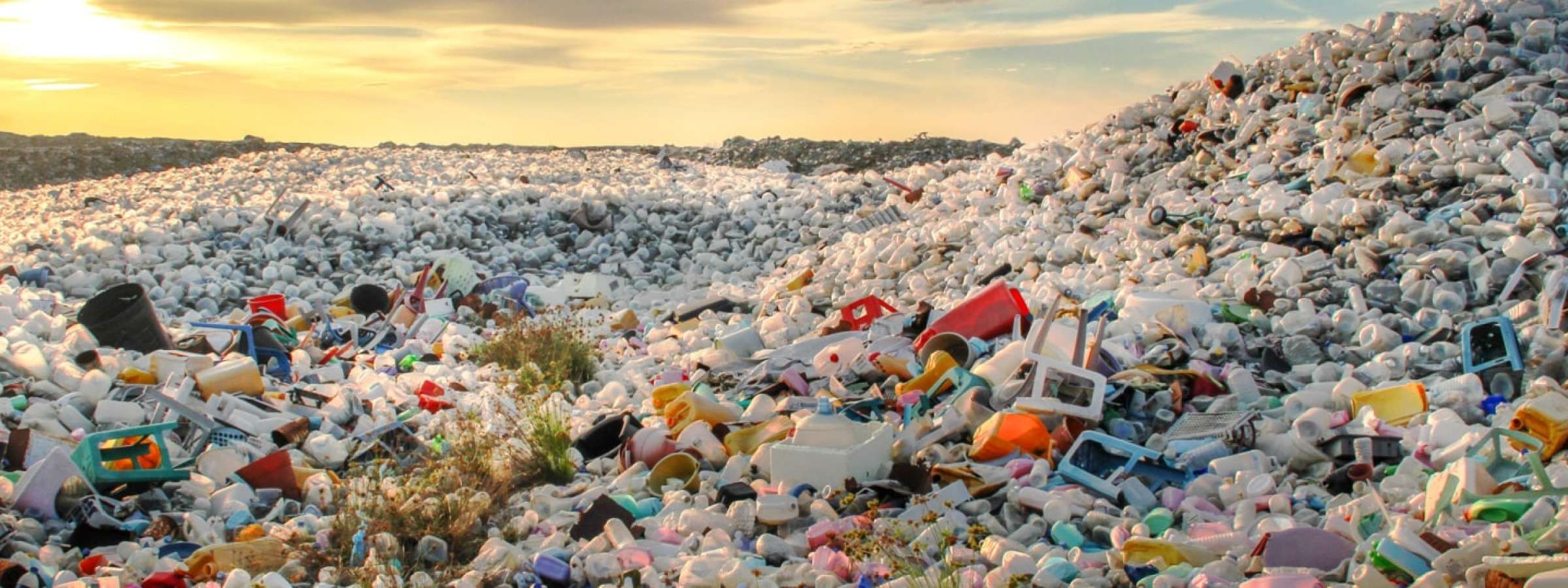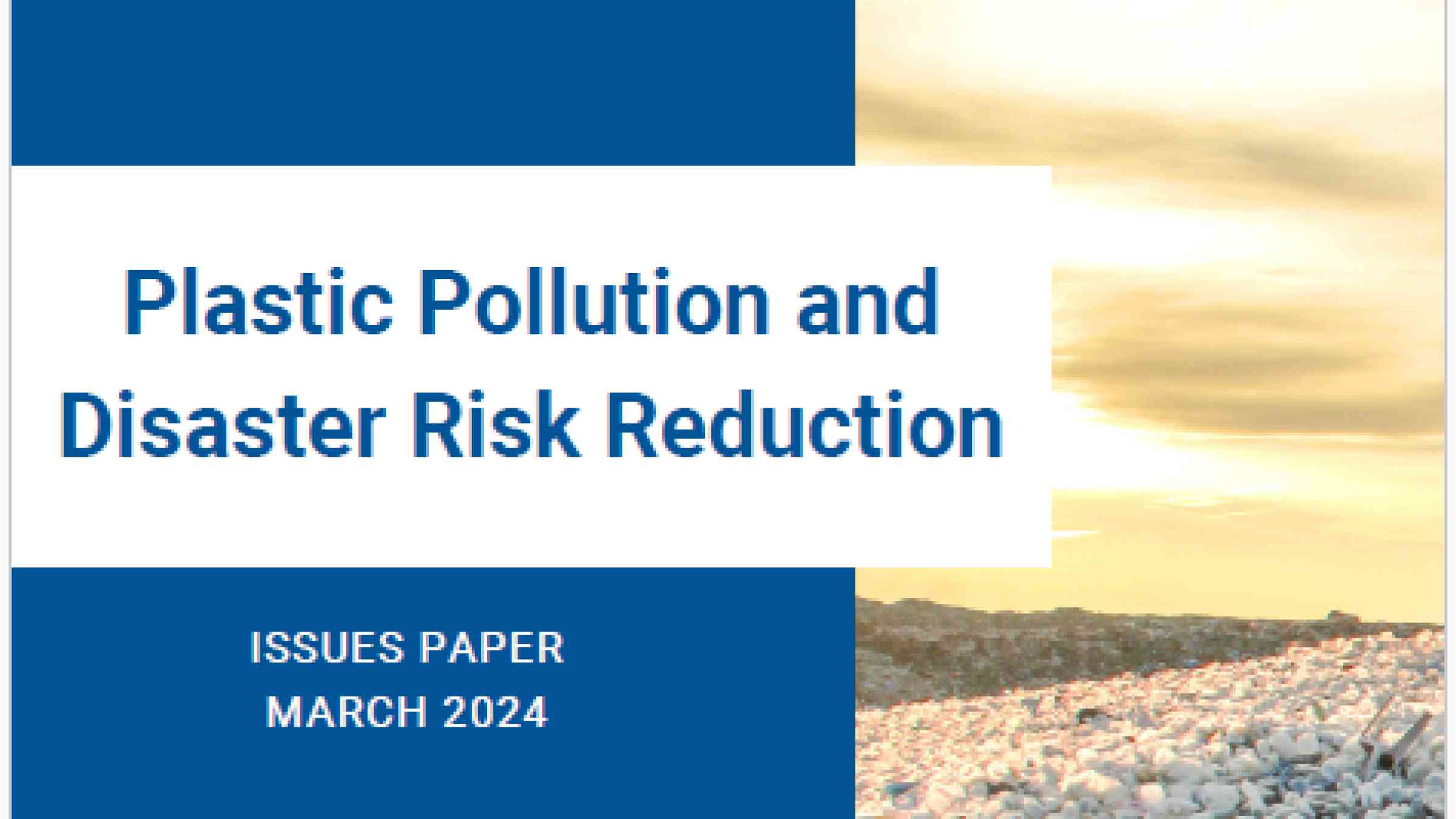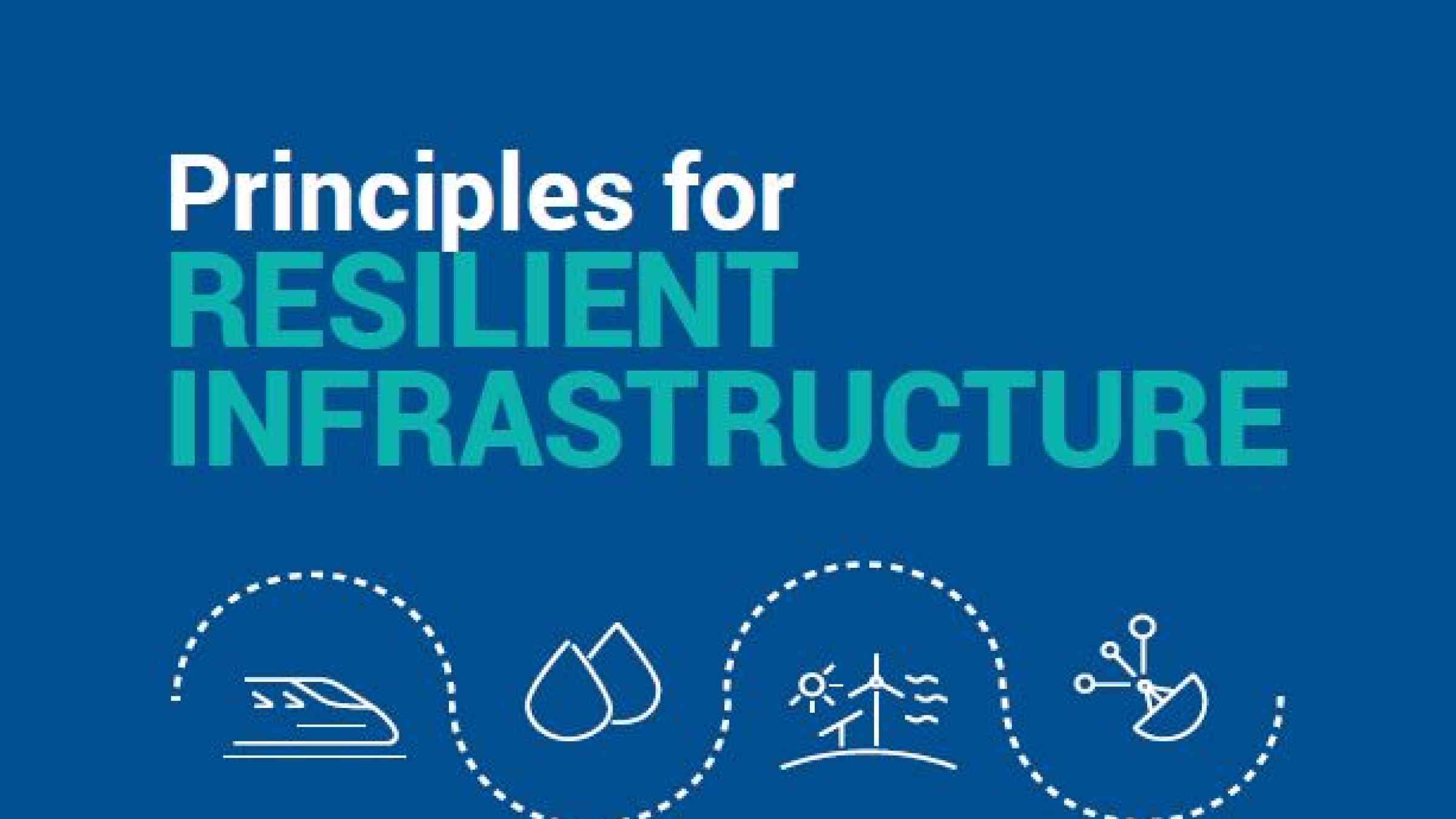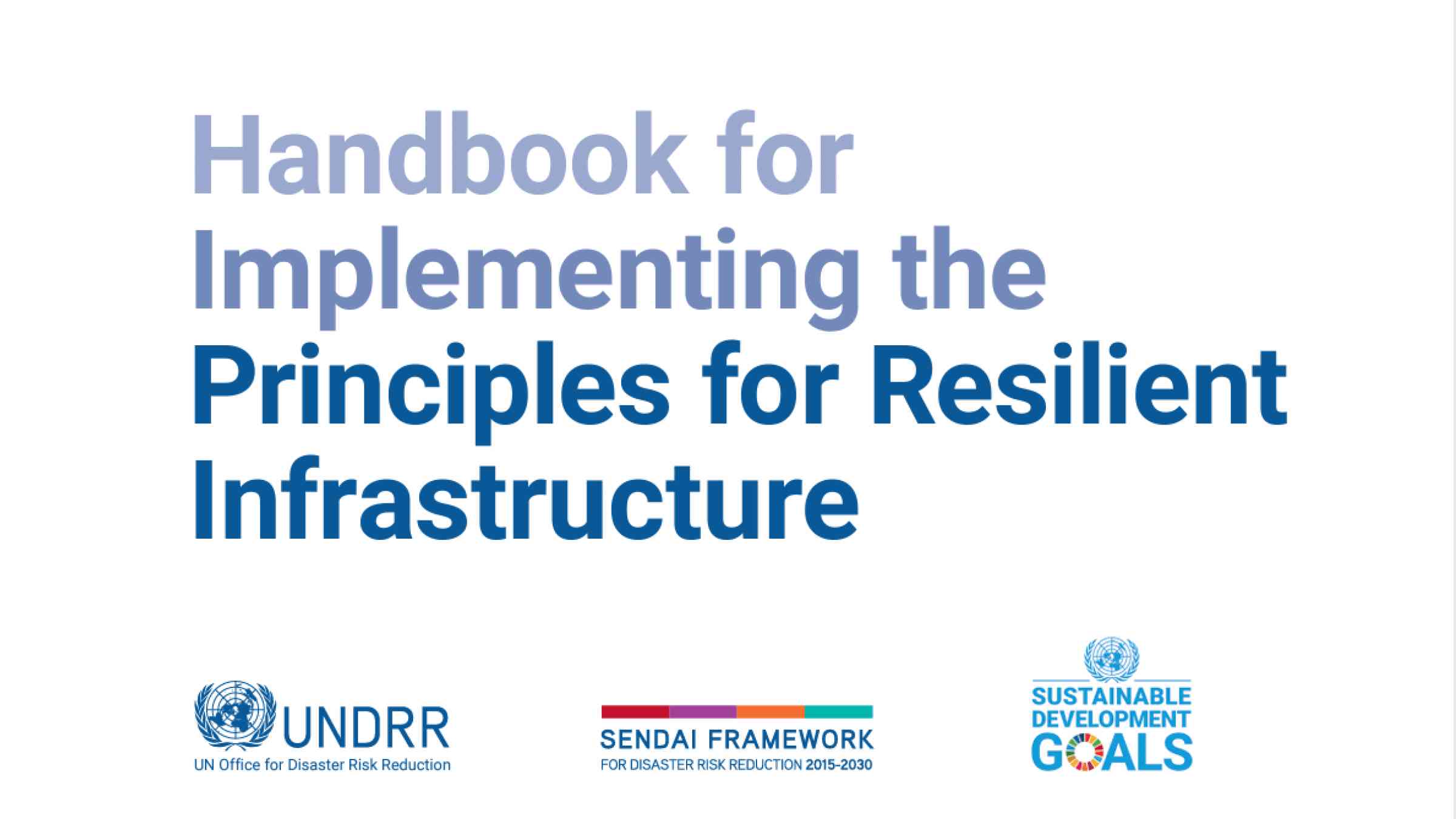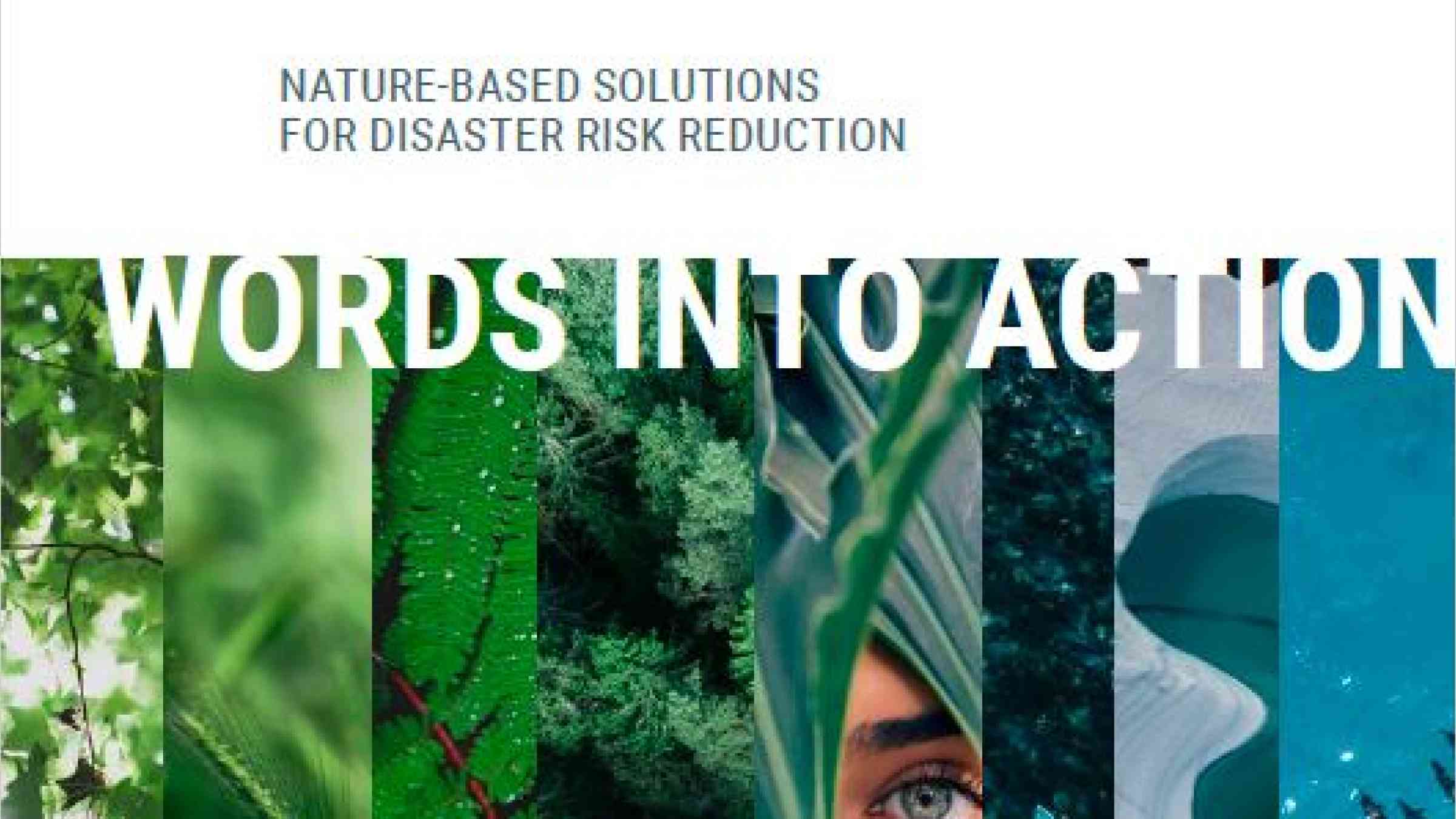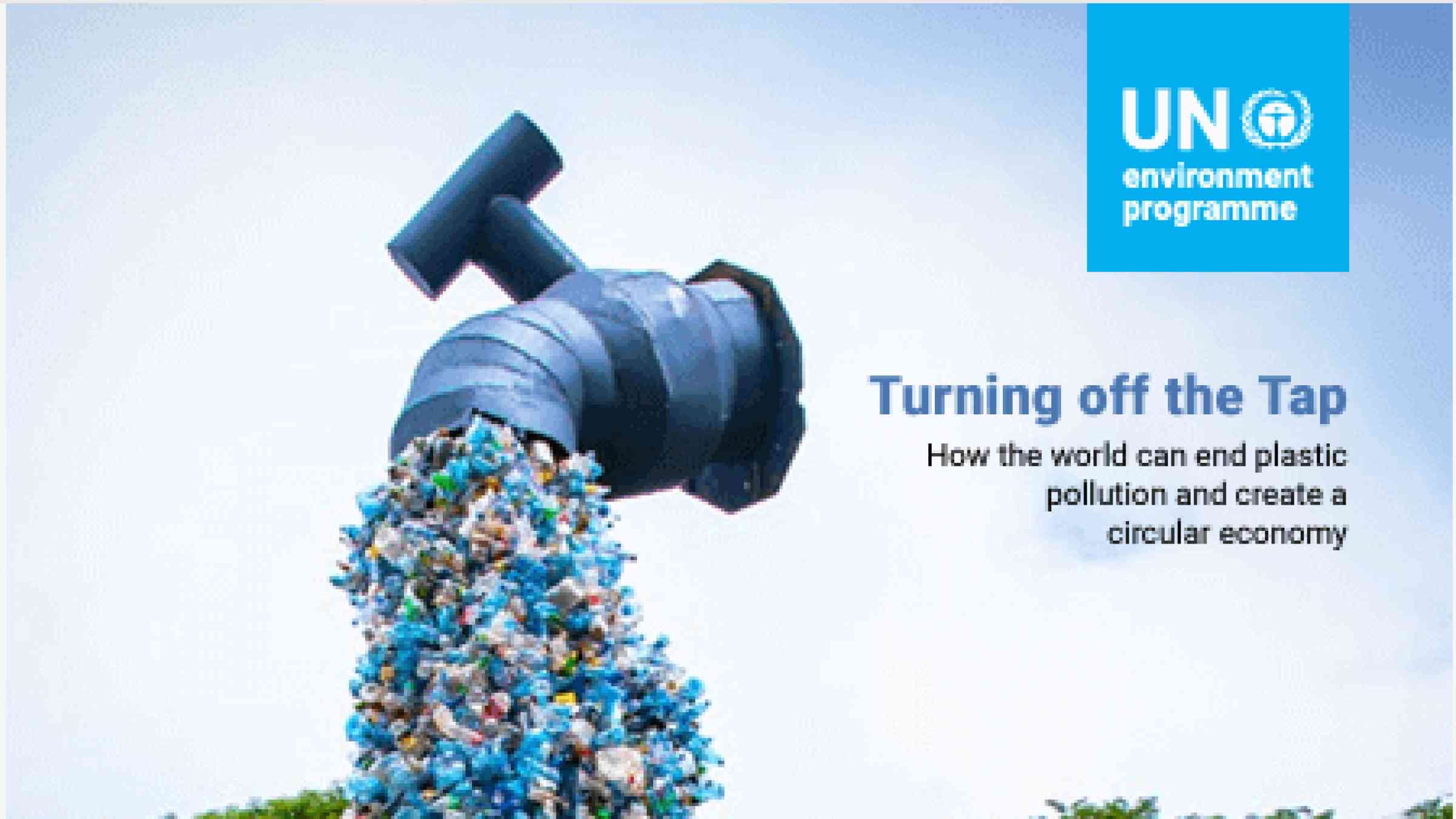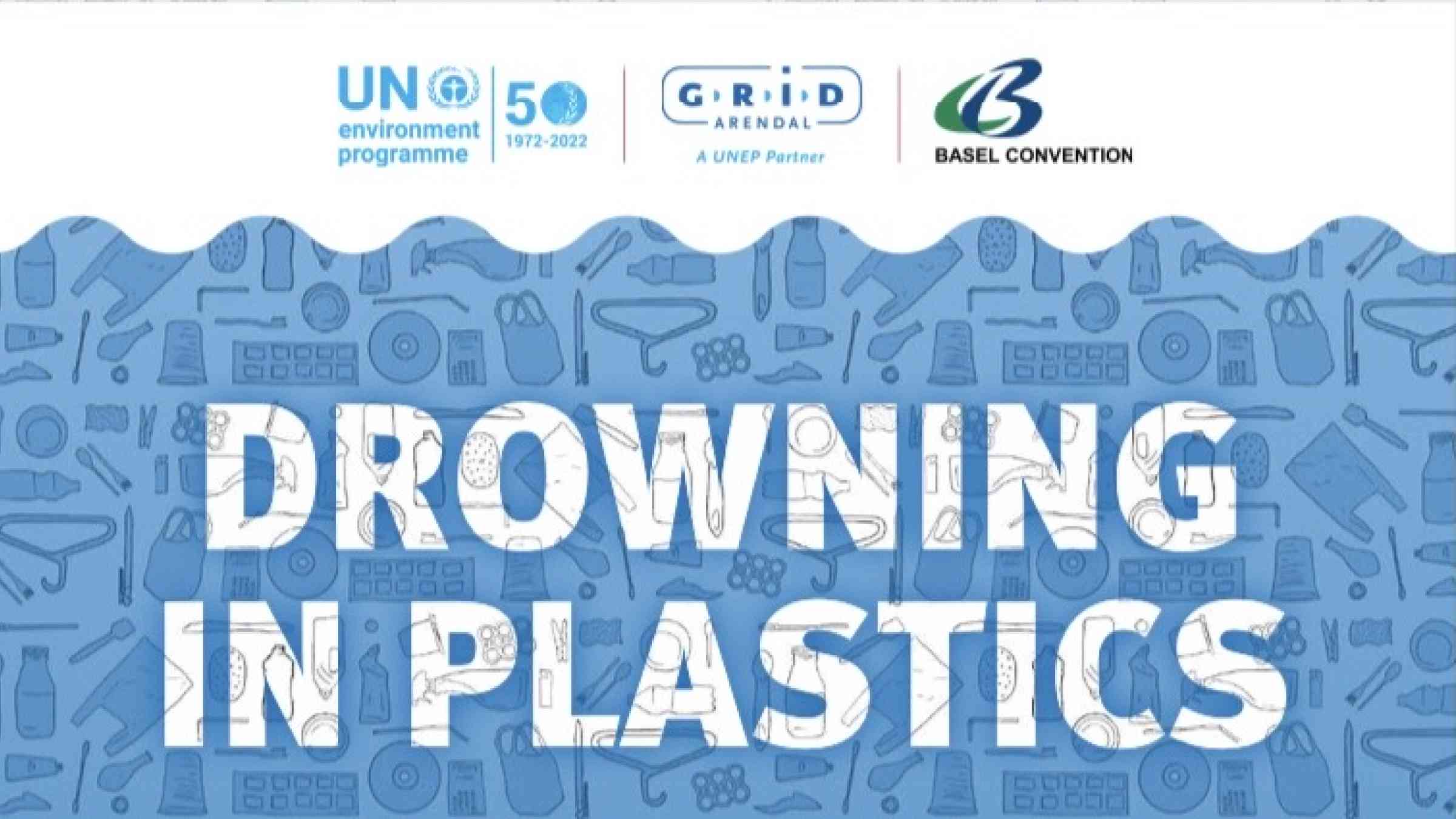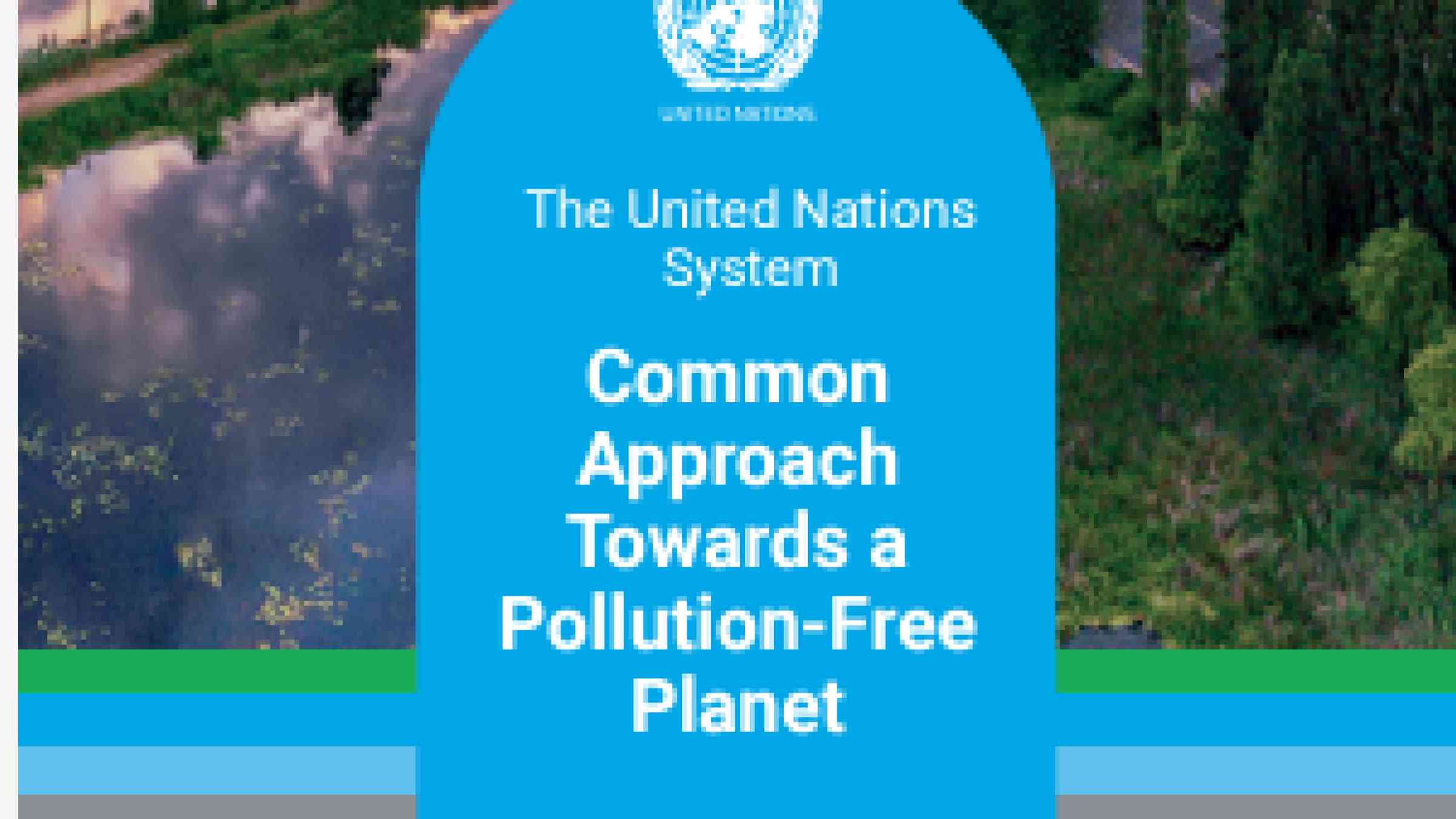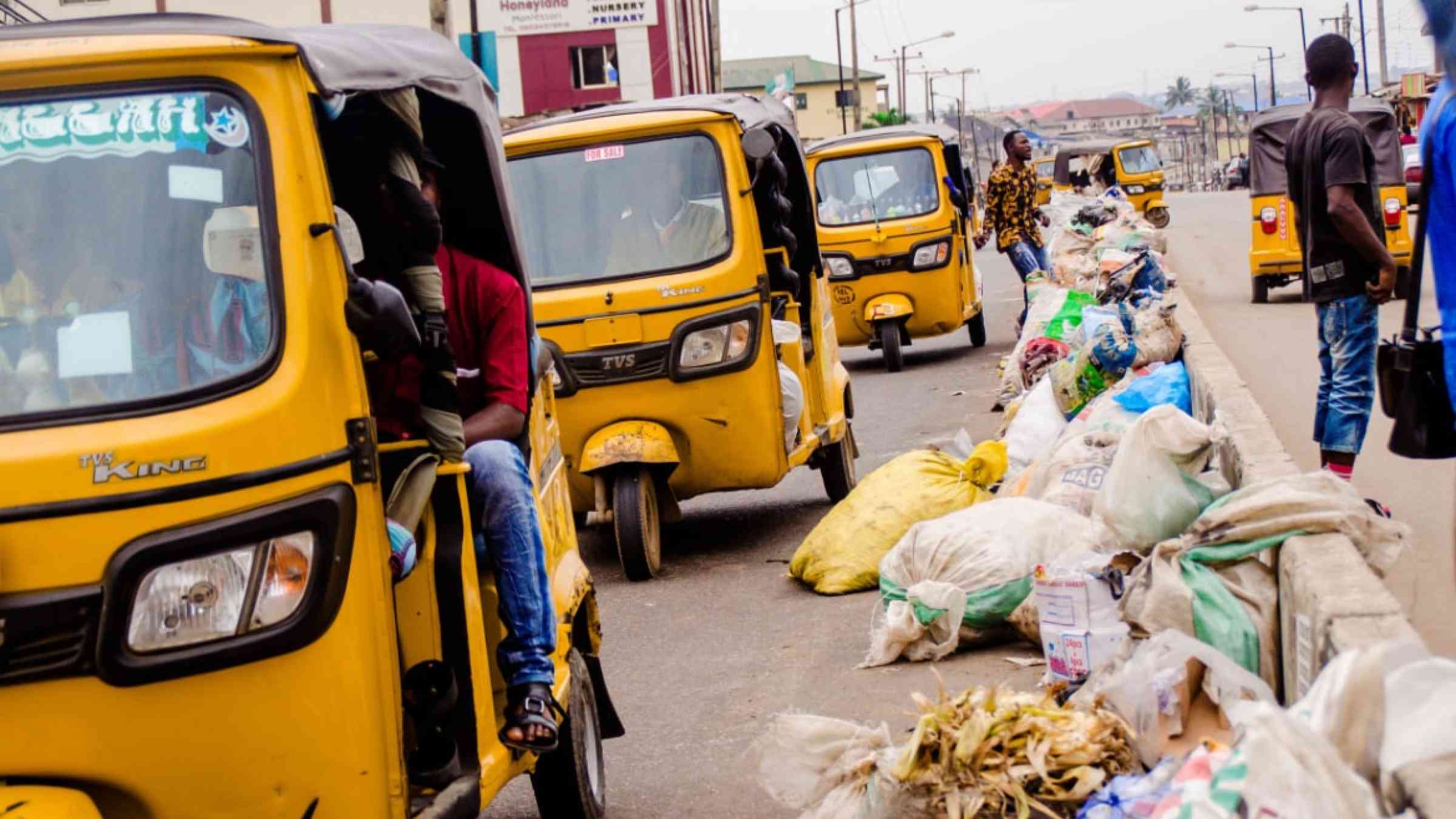Plastic pollution and disasters
Plastic pollution and disasters
The world is consuming over 460 million tons of plastics a year, a figure which is projected to triple by 2060 in a business-as-usual scenario (OECD, Global Plastics Outlook). The way we produce, use and dispose of plastics is polluting ecosystems, creating risks for humans and the environment.
Plastic pollution and disaster risk share important interlinkages. On one side, plastic pollution increases the risk of disasters. It diminishes ecosystem resilience and its capacity to adapt to the changing climate, as well as being a threat to water and food security if not managed adequately. It also increases the livelihood vulnerability of millions of people and communities, putting them more at risk of disasters, including in connection to flooding, storm surges and other meteorological hazards. On the other side, when hazards turn into disasters, including earthquakes, floods and pandemics, they can compound plastic pollution by disrupting waste management systems and associated infrastructure, and by generating significant volumes of additional plastic during disaster relief operations.
Facts and figures
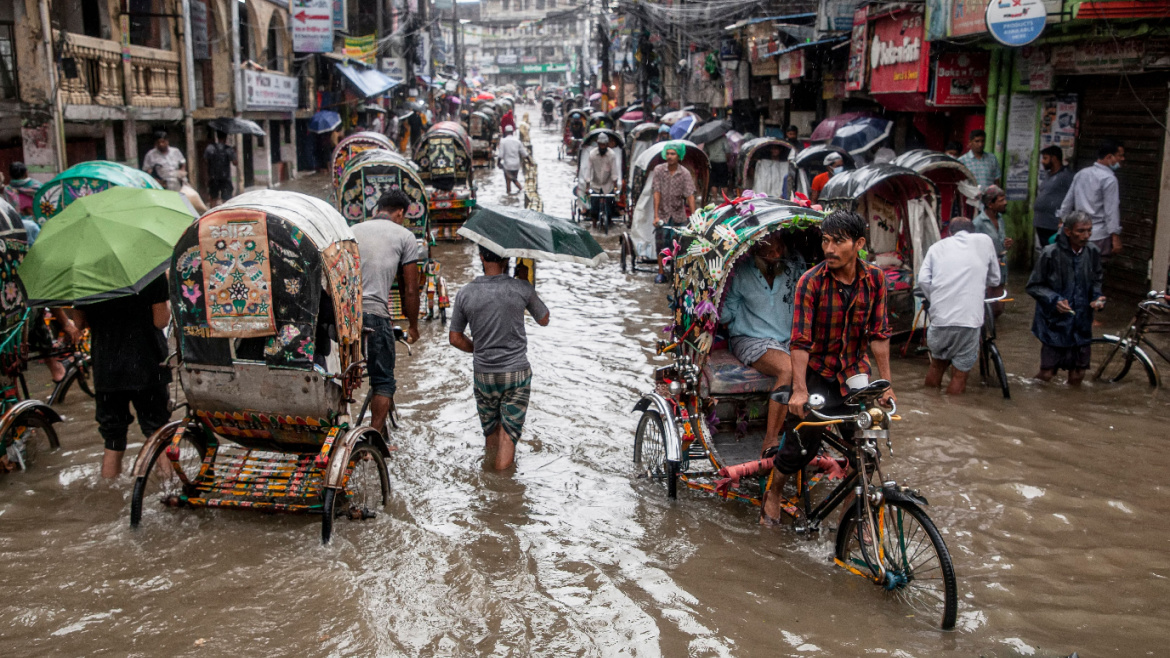
Over 200 million people, mainly in vulnerable regions, are already at risk of more severe and frequent flooding due to plastic waste blocking drainage and sewage systems, a number set to increase if plastic pollution goes up.
Tearfund, 2023
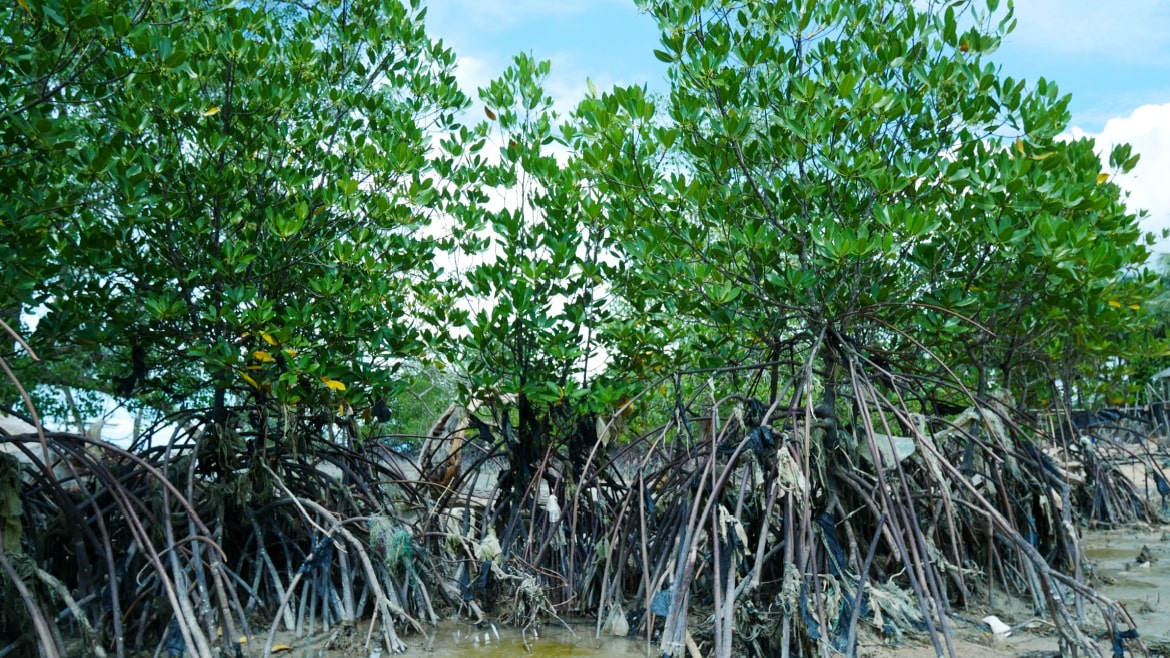
Plastic waste is disturbing the delicate balance of nature, contributing to biodiversity loss and disrupting the functions and services of ecosystems, for example of wetlands. This exacerbates climate impacts and can intensify disaster risks.
Ramsar, 2023
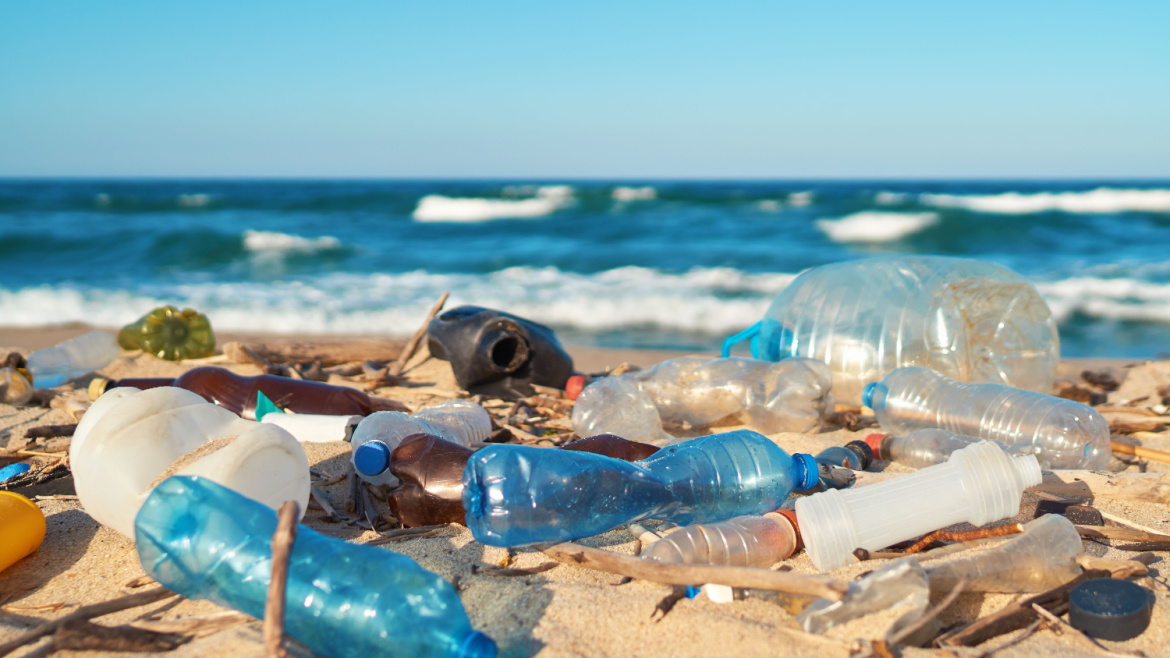
Disasters often cause significant disruption to hard and soft infrastructure, including waste management services and facilities. This can lead to inadequate disposal and treatment of waste and increased plastic pollution.
Sendai monitor
Recommendations
Preserving ecosystem resilience
Nature acts as a buffer against hazards, preventing disasters and reducing disaster impact on people, critical infrastructure and basic services. For example, coastal vegetation and natural features can provide protection from storm surges, strong winds and cyclones. Yet, the rising spread of plastic pollution, including from microplastics in the environment represents a crucial stressor to ecosystem resilience and undermines the effectiveness of nature-based solutions for disaster risk reduction. Recognizing the interdependency between human well-being, ecosystems, plastic pollution and changing risk patterns is crucial to protect lives and sustain livelihoods around the world.
Enhancing waste management infrastructure resilience
In the face of increasing intensity and frequency of disasters, particularly originating from meteorological hazards, there is an urgent need to commit to resilient waste management and recycling infrastructure and systems. Investing in robust waste management services and infrastructure which are not disrupted by hazards will reduce the leeching of plastic pollution to the environment during extreme weather events and other hazards. The UNDRR Principles for Resilient Infrastructure provide guidelines and criteria to help stakeholders (governments, private sector, regulators, and communities) better understand what infrastructure resilience entails, and to ensure that resilience is embedded into infrastructure decisions and investments.
Leveraging the Midterm Review of the Sendai Framework
The Political Declaration of the High-Level Meeting on the Midterm Review of the Sendai Framework for Disaster Risk Reduction 2015-2030 adopted in May 2023 recognizes that greater attention is needed in all countries to strengthen awareness and understanding of new, emerging and future disaster risks, offering critical opportunities to further study and understand the risks emerging from plastic pollution in order to address these.
